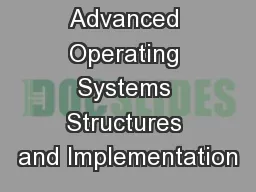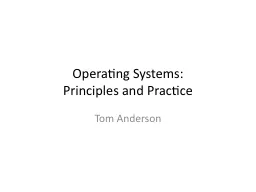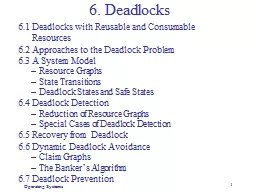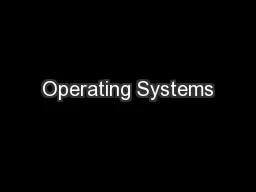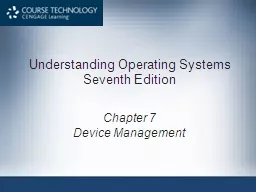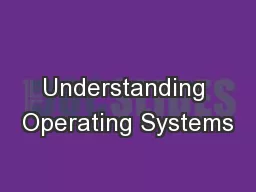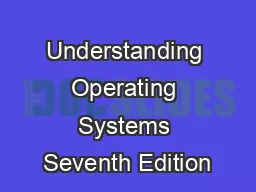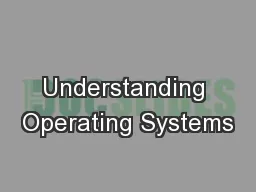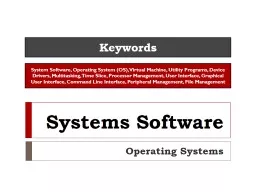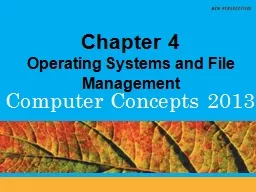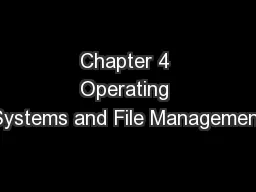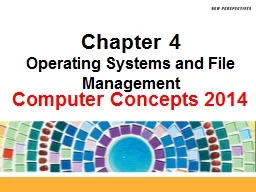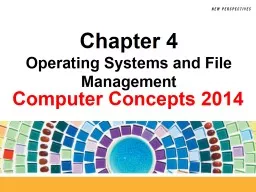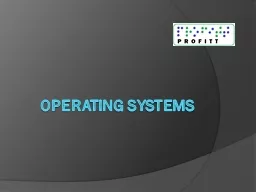PPT-CS194-24 Advanced Operating Systems Structures and Implementation
Author : phoebe-click | Published Date : 2018-11-04
Lecture 23 ApplicationSpecific File Systems Deep Archival Storage Security and Protection April 29 th 2013 Prof John Kubiatowicz httpinsteecsberkeleyeducs19424
Presentation Embed Code
Download Presentation
Download Presentation The PPT/PDF document "CS194-24 Advanced Operating Systems Stru..." is the property of its rightful owner. Permission is granted to download and print the materials on this website for personal, non-commercial use only, and to display it on your personal computer provided you do not modify the materials and that you retain all copyright notices contained in the materials. By downloading content from our website, you accept the terms of this agreement.
CS194-24 Advanced Operating Systems Structures and Implementation: Transcript
Download Rules Of Document
"CS194-24 Advanced Operating Systems Structures and Implementation"The content belongs to its owner. You may download and print it for personal use, without modification, and keep all copyright notices. By downloading, you agree to these terms.
Related Documents

